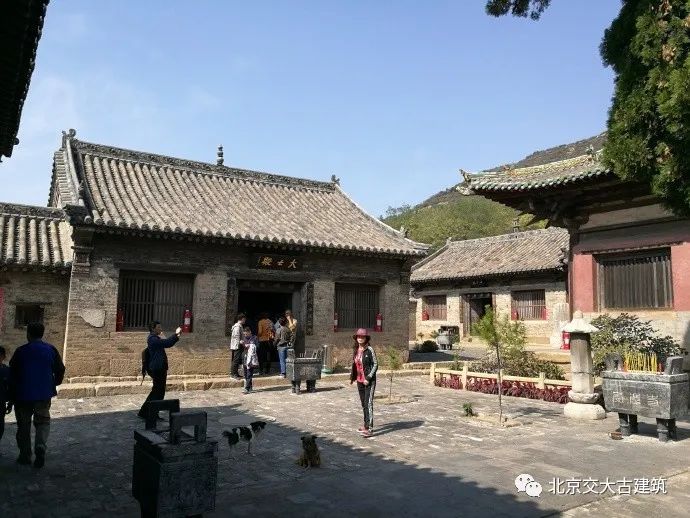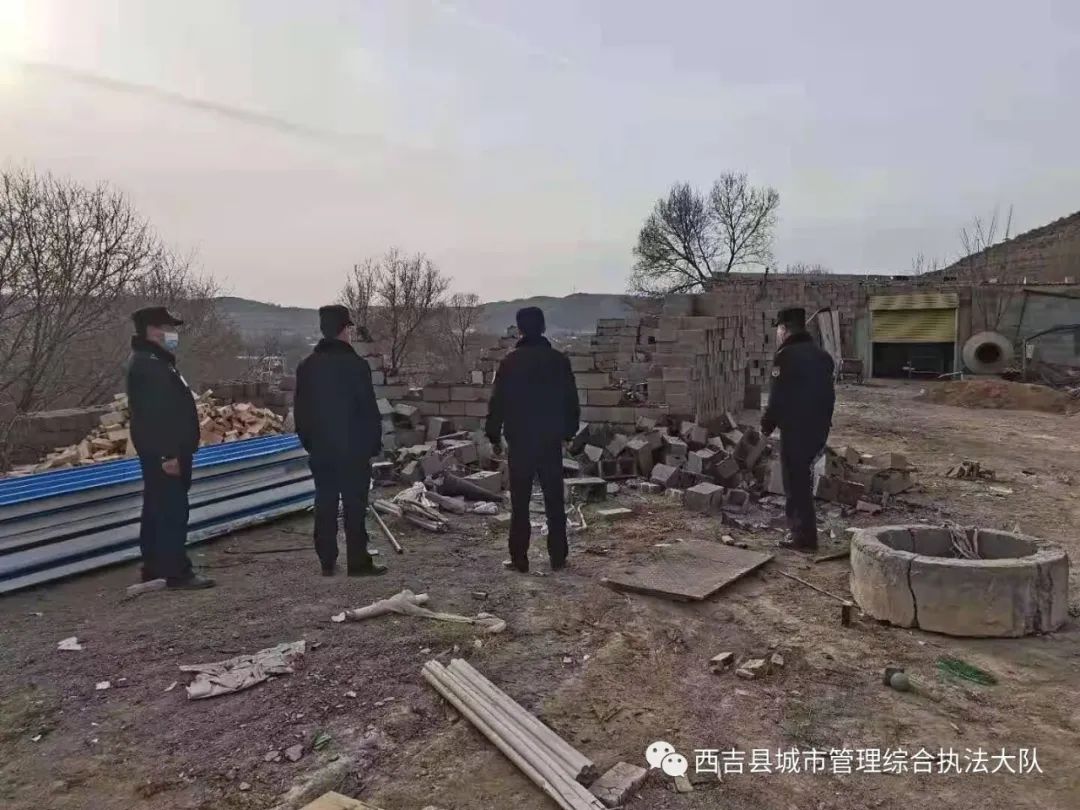




The first three are: 23 in Jincheng City, 12 in Changzhi City and 6 in Jinzhong City.








The 80 “song structures” listed include 6 structures that have been destroyed but can be seen in historical documents; It also includes the “incomplete” song structure, that is, the beam frame structure is completely rebuilt in later generations, but the pure Dougong of the Song Dynasty is retained, such as the main hall of Erxian temple in Nanzhao village, the main hall of Foshan ancestral temple, the main hall of Deqing school palace, etc; In addition, it also includes some buildings in the late Song and early Jin dynasties or with the characteristics of song and Jin Dynasties.













Their footprints cover the corners of the countryside in Southeast Shanxi.







If Shanxi Province is still a clear leader in the number of wooden structures from the Tang, Five Dynasties and Liao dynasties, Shanxi has been strong to the order of magnitude by the song structure.




















For the listed 80 “song structures” Some simple statistics have been made: first, the level of cultural protection: included in the first batch of national security: 11 included in the second batch of national security: 3 included in the third batch of national security: 7 included in the fourth batch of national security: 14 included in the fifth batch of national security: 11 included in the Sixth Batch of national security: 12 included in the seventh batch of national security: 4 included in the eighth batch of national security: 2 only included in provincial security: 5 only included in Municipal Security: 4 cultural protection levels have not been found : 1 destroyed but not enjoying the cultural protection treatment: 6, followed by the distribution of the listed 74 existing “song structures”: 52 in Shanxi Province, 5 in Gansu Province, 4 in Hebei Province, 4 in Guangdong Province.













Although they are repeatedly compared in the search for photos and data, it is inevitable that mistakes will be made; Fourth, the buildings in the song and Jin Dynasties in Shanxi mostly have the information of repair and superposition of previous dynasties, especially when there is no written evidence, it is more difficult to peel off the so-called pure song structure, which makes the dating of the same building in different documents more different; Fifthly, the surveying and mapping drawings of the first three 25 early wooden structures can be found in the published literature, but it is a pity that nearly 1 / 4 of these wooden structures in the Northern Song Dynasty failed to find the surveying and mapping data despite their efforts to search.


























In the Northern Song Dynasty, I suddenly found that this was really a big pit! There are at least five difficulties to elaborate on: first, the number of wooden buildings in the Northern Song Dynasty is about 10 times more than that in the previous three dynasties, and the workload of sorting is naturally 10 times more; Second, it is not easy to find and determine a suitable list.















































Please forgive me for quoting so many photos without their permission.
The first three are: 12 in Zezhou County, 7 in Gaoping County, 7 in Dunhuang City, and 2 in Zezhou and Gaoping counties, accounting for a quarter of the remains of song architecture! The above is a bit of finishing this list.























The number of nine to one and 80 leaves perfect space to look forward to more disputes or more new discoveries.
















Finally, this list is completely the result of personal interest in staying at home.


















There will be a lot of mistakes, omissions and disputes.






Of course, according to the above criteria, far from 80 seats can be included in the list.

























At least at present, we can’t find a relatively complete list of buildings in the Northern Song Dynasty in various books, documents and network materials; Third, I have personally visited more than 80% of the Tang, Five Dynasties and Liao Dynasty heritage structures and have a strong perceptual understanding, while more than half of the wooden structures in the Northern Song Dynasty have not been in person.


They can let me see the gorgeous architecture of the Northern Song Dynasty from their photos.











Gansu Province ranks second with four cave eaves and Cishi pagodas in Mogao Grottoes; Hebei ranked third next to Longxing Temple; Guangdong is tied for the third place with the help of two Dougong relics of the Song Dynasty.




































Thank netizens for pointing out that it needs to be improved in the future..







Once again, thank Sina blog users for all kinds of great God lovers.




















































